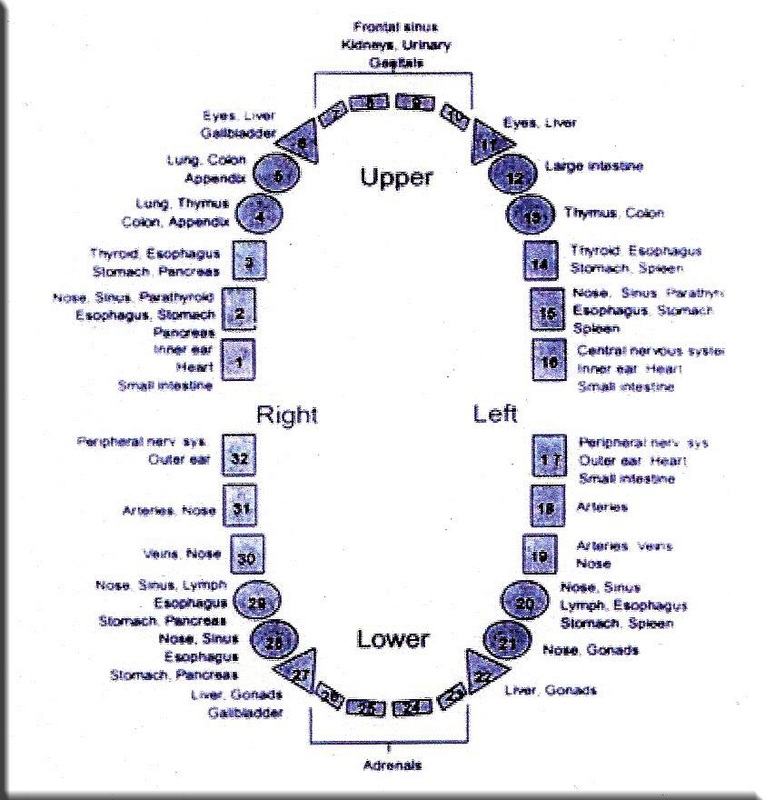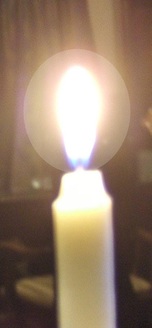This past 31 of December of 2013, a group of prominent priests of Ifá gathered, representing the majority of religious families in the United States, and counting, as well, the support of 159 practitioners of the Yoruba Faith—of whom 116 are babalawos.
The ceremonias were carried out at 12605 SW 43rd Street, Miami, Florida 33175. Thirty three Awó of Orunmila and 25 babaloshas, iyaloshas, iworos, and aleyos of national and international recognition were present. They possess considerable capacity and knowledge and their analysis is summarized thusly:
Reigning Sign:
Baba Eyiogbe
Prophecy:
Iré Ashegunotá Ojale Lese Olofin Onishesi; Obi Omí tuto, Itaná Meyi Kaure Iyo Meyo, Otan
Significance:
A firm victory over difficulties via the mandate of God. Open two coconuts, two candles, pray for eight days at the foot of Olofin (God).
Reigning Deity: Yemayá
Yemayá is the mother of everyone on the earth. She represents the uterus within every species as a source of life, fertility, and motherhood. She is symbolized in nature by the waves of the sea, by her dance—which resembles the waves themselves. She represents, as well, the intelligence, wisdom, and the changing character of things, just as the sea changes. As syncretized, she is compared with the Virgin of Regla (7 September). Her number is seven and its multiples. Her color is blue and its various tonalities. She is saluted thusly: “¡Omío Yemaya Omoloddé! ¡Yemaya Ataramawa!”
Accompanying Deity:
Shangó
Ebó:
1 rooster, 2 macaos, 1 white rose, a ribbon of 9 colors, white sweet potato, and the rest of the ingredients.
In this sign are born:
· Putting a piece of coconut under the left foot of the person for whom an Itá is being performed.
· The Itá of santo
· The coup d’etat
· The diffusion of languages
· Awán Foguede
· Rivers
· Blood vessels and the lymph nodes
· The reason that water is given to the orishas when they come: they come thirsty
· The washing of the feet of birds that are sacrificed to the santos and the orishas.
The Sign Marks:
· Problems of the mitral valve
· Humility and patience.
Forecasts:
· An increase in illnesses
· An increase in heart attacks
· An increase in arterial blood pressure
· Respiratory illnesses, such as asthma, bronchitis, etc.
· Alzheimer’s disease, which entails memory loss and behavioral disorders
· Blood problems, in the blood vessels and lymph nodes
· Problems in the spinal column, the sternum, and thorasic cavity
· Kidney, renal gland, and bladder problems
· Stomach problems, such as gastritis, ulcers, apendicitis
· Vision problems, including blindness
· Hormonal affects, with consequences for the pituitary and pineal glands, such as endocrine and metabolic disorders
· An incease in musculoskeletal problems, such as growth problems and anomalies in the spinal column
· An increase in diabetes
Events of Social Concern:
· Coup d’ etat and the loss of famous personalities; family and national conflict
· An increase in protection along borders in order to avoid massive migrations and terrorist attacks, espionage in the country, at work, and in social life. Avoiding or countering this is necessary to guard personal secrets as much as state and social secrets (do not reveal secrets).
· It is important to take adequate measures to be vigilant in our personal lives and social relations.
· The sign predicts great luck in all areas, because the sign poses the rebirth of material life; the economy and realty values will improve.
· Inundation by the sea is predicted, with its dire consequences.
· The breakup of couples through infidelity; the loss of love and economic problems.
· The young will triumph and there will be room for them in important positions in the country in political and social affairs.
Recommendations:
· Respect family elders and religión
· Be humble and honest
· Put emphasis in the organization of all aspects of your life
· Have patience and good character
· Don’t be overly-ambitious or greedy and respect moral, social and ethical limits
· Take care of your personal life.
· Increase your faith and spirituality
· Dress in white as much as posible and don’t dress in stripes
· Maintain family unity
· Take care of the ecosystem and zones protected for ecological preservation, respecting nature.
· Love the Earth as our home, taking care of the family and the nation.
· Love your brother as much as yourself.
· Defend our ancestors and our roots
· Avoid the distortion of our religious principles; advocate for good beginnings and ends of all processes and universal events, maintaining a perfect balance in procreation.
· Avoid embarrassment as a factor in personal and social risk
· As of the seventh month of the year, favorable changes will be seen in the social and economic order.
· Professional achievement (in study, qualifications, and instruction)
· Avoid eating egg, white sweet potato (boniato), and guanábana.
· Don’t use striped clothes, because it attracts imprisonment
· Don’t get involved in anything that’s none of your business
· Don’t take messages at night
· Don’t enter any house without permission to avoid embarrassments
· Don’t permit children to crawl on the floor in your house.
· Don’t gamble
Works of the Sign:
· Head rogation
· Give a goat to Eshú (Eleguá)
· Dress in white as much as possible
· Put Eleguá behind the front door and salute him upon entering and leaving
· A bath with almácigo, white flowers, and cascarilla (efún)
· Head rogation with 2 guinea hens—one white and the other speckled (if you can)
· Children of Shangó, give partridges from your head to your orisha.
· A calabash with water and 16 okra—cut the okra very finely, mix it up, and pour it on top of Eleguá so that he works.
· Blow anise on Oshosi, or aguardiente and cigar smoke, and light a candle so that he cleans the path and there be triumph in life and in Ifá
· To prosper, give two white hens to Obatalá and two white doves to Oshún. Then take six baths with Albahaca Cimarrón, Piñon de Rosa, and Prodigiosa
· Make masses to deceased elders
· People who have santo made should receive various orishas; [those who don’t should] get initiated. You have to fulfill your obligations.
· Go to the sea to visit Yemayá and Olokun and pray to them.
· Make a head rogation with two white doves and a red snapper (see your godfather).
Proverbs of the sign:
· The tail of the fish never stops moving
· The elephant is very strong, but not strong enough to defeat the wind
· The eyes can’t rise above the head
· Okra can’t grow taller than the person who planted it; if it does, we cut it down or pull it out
· No hat can be more famous than the crown
· The head carries the body and only one king governs a people
· The young feathers grow more thickly than the older ones
· Dead king, crowned king [a king dies, a new one is crowned]
· I have everything; Everything is missing
· It’s an error not to have learned from errors you committed
· When your head is on your shoulders, your thoughts on the horizon, and your feet in salt water, you have no doubt but that you’re facing the ocean
· Where there is life there is hope
· No sound is so strong that it can block out the sound of a bell
Invitation:
All priests of Ifá, Oriatés, Babaloshas, Iyaloshas, Iworos, and the religious public are invited to attend, dressed in white, a Tambor de Fundamento dedicated to the reigning orishas Yemayá and Shangó, on Sunday, 12 January at 2:00 p.m., at 12605 SW 43rd Street, Miami, Florida, 33175, telephone: 786-768-5206, in order to pray for the peace, health, and stability of all humanity.
Gratitude:
We are grateful for the participation of all the priests of Ifá, Oriatés, Babaloshas, Iyaloshas, Iworos, Apetebis, Awofakan, and others who contributed their donations in order to carry out the sign of the year.
WISHING YOUR A HAPPY 2014 YEAR!
KOLA IFA MIAMI
The Commission Organized for the Sign of the Year
IBORU IBOYA IBOSHISHE



 RSS Feed
RSS Feed